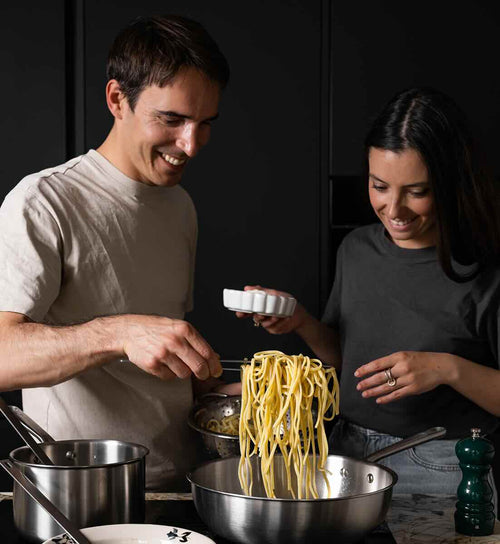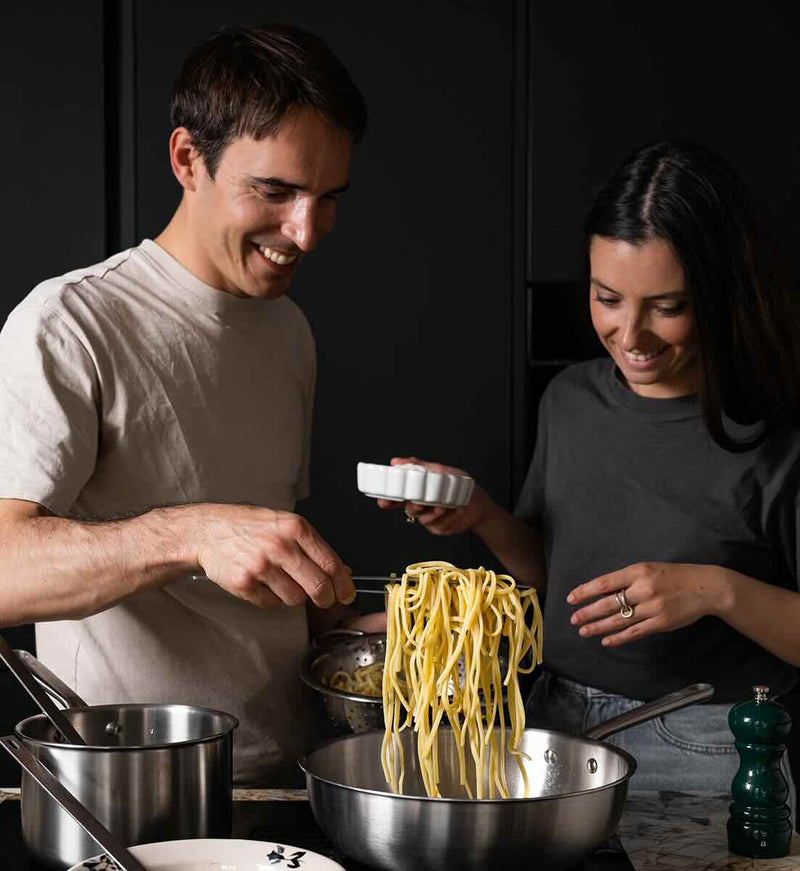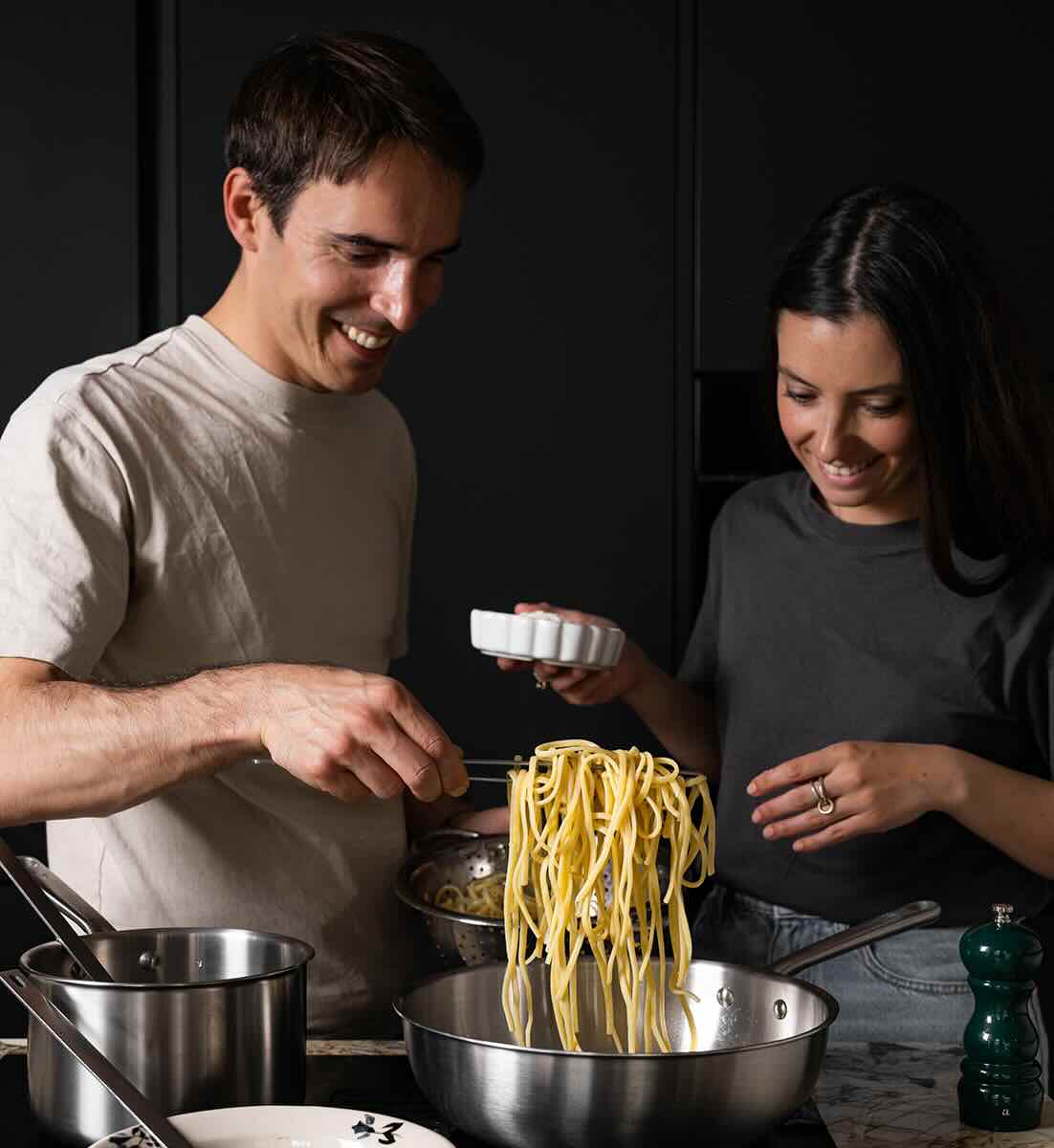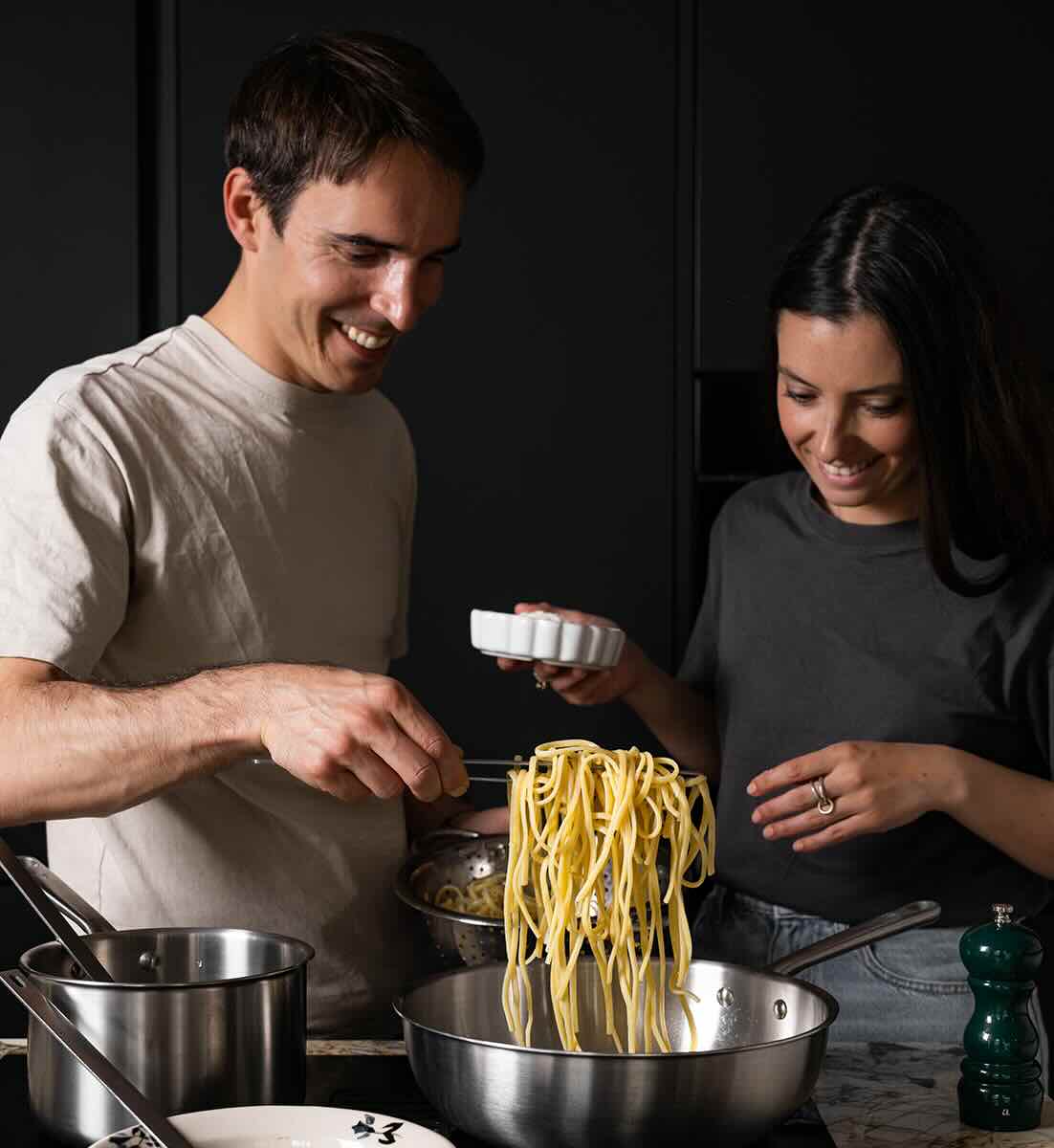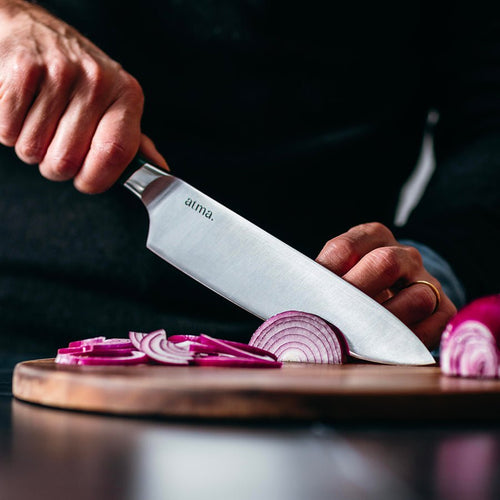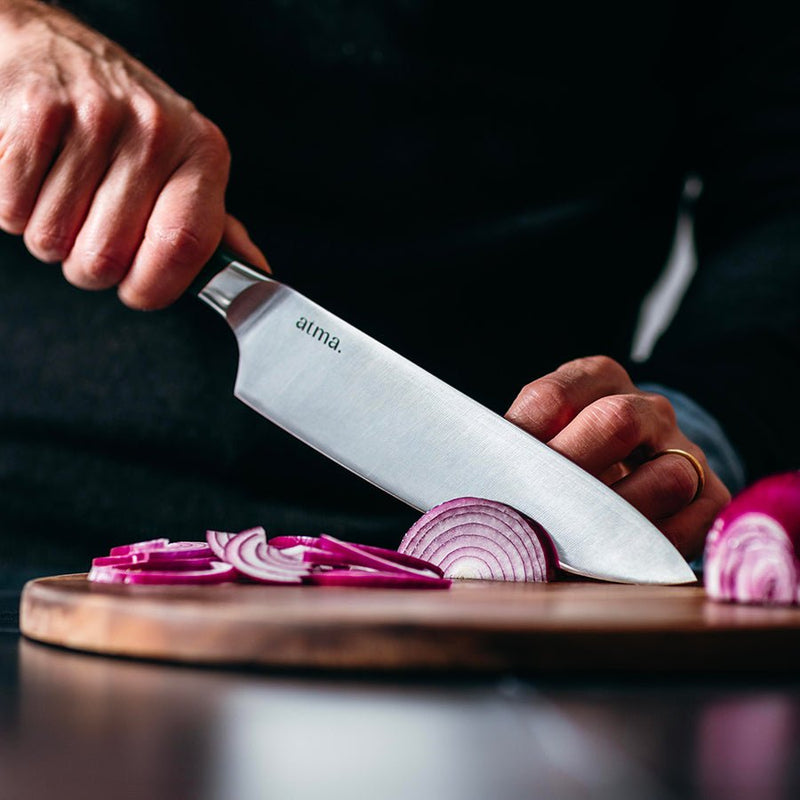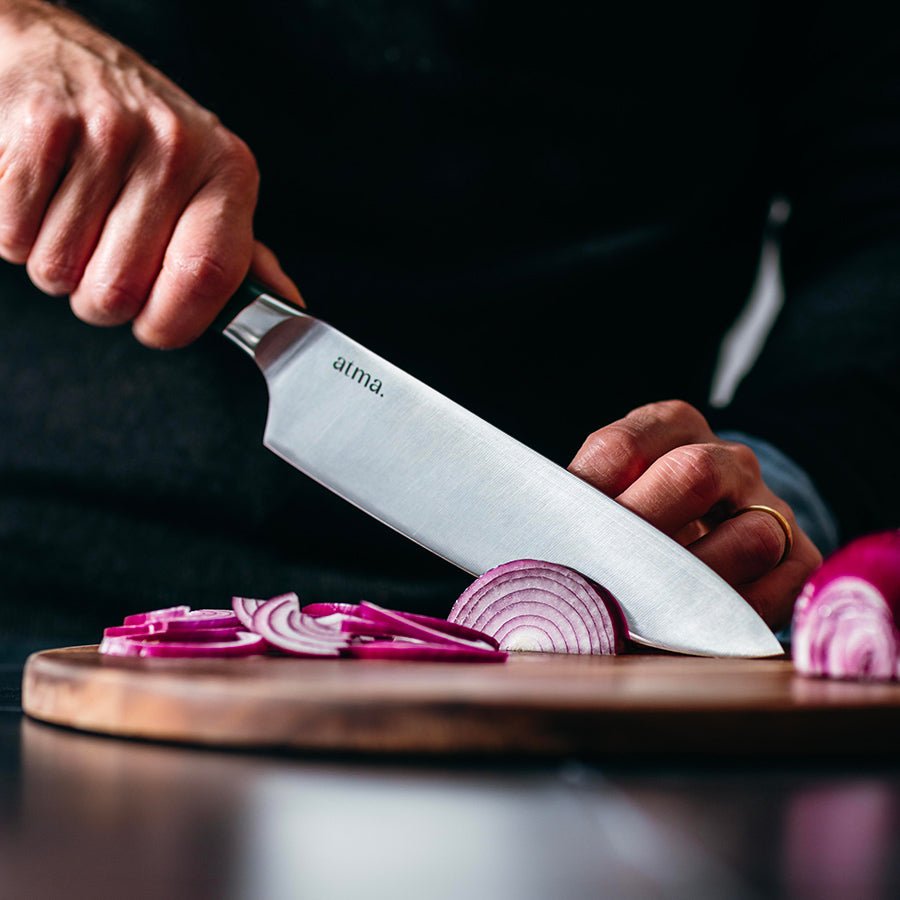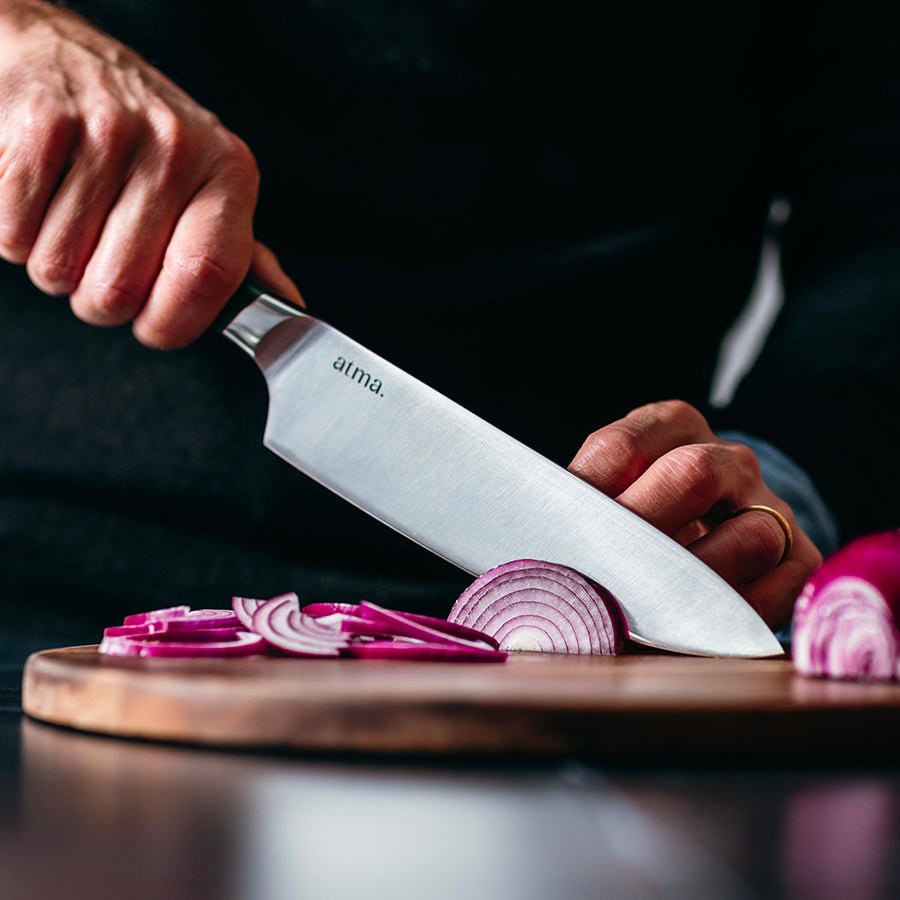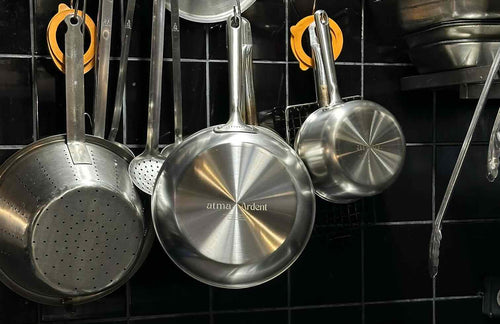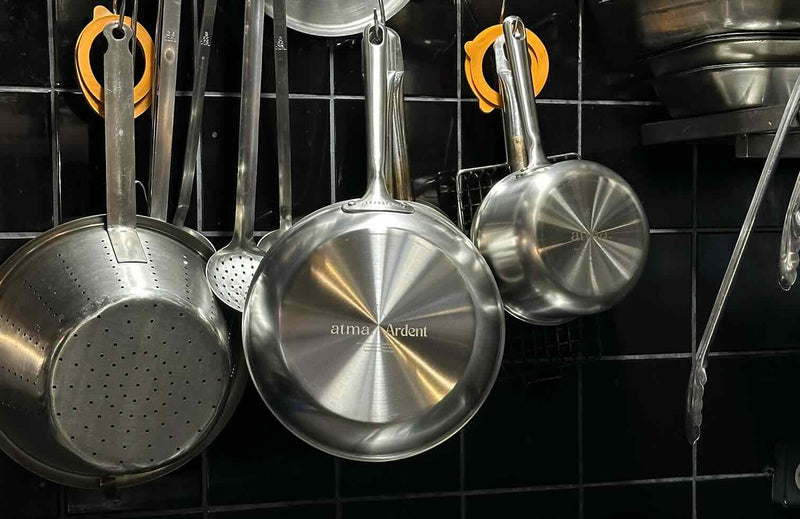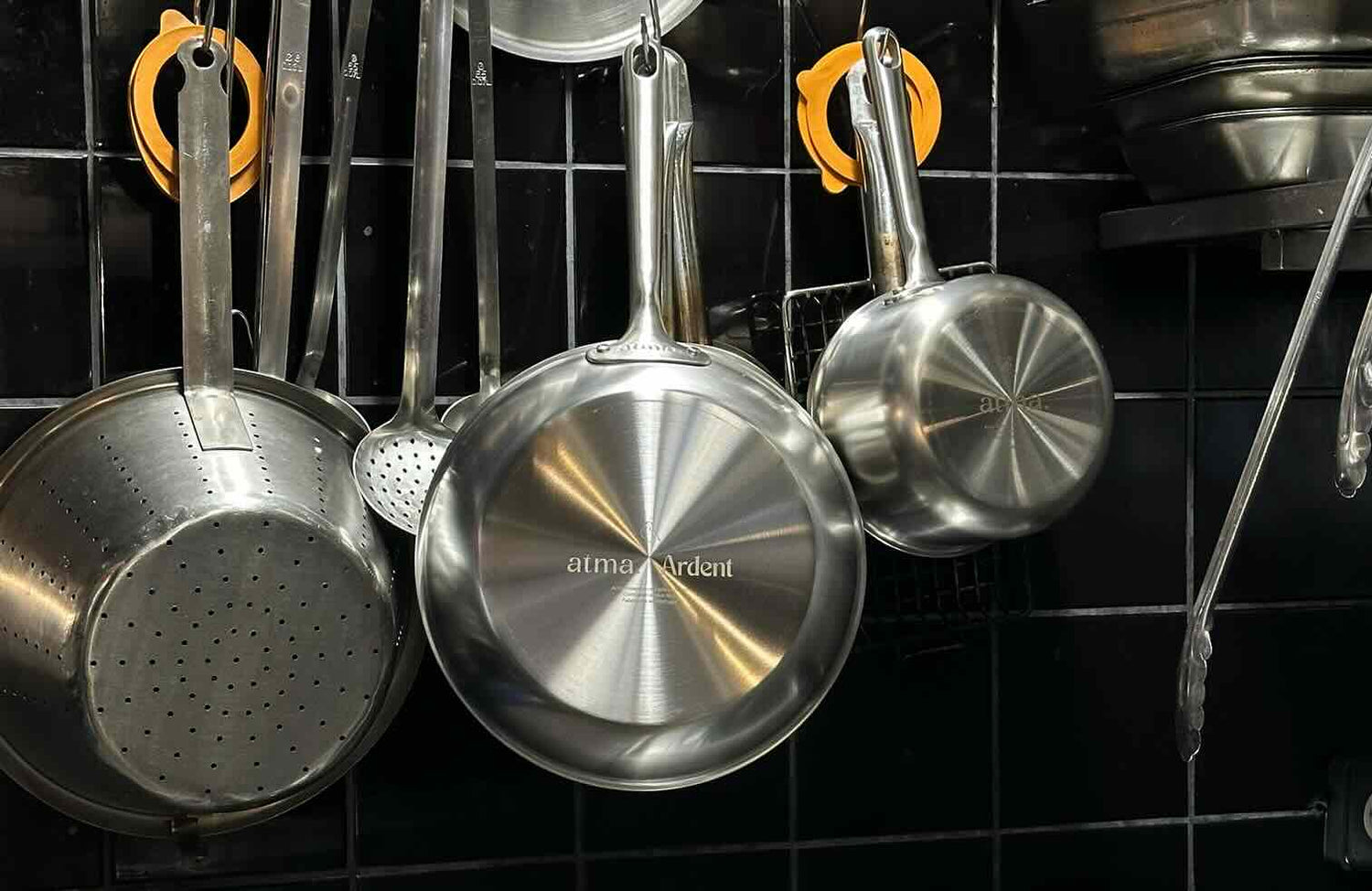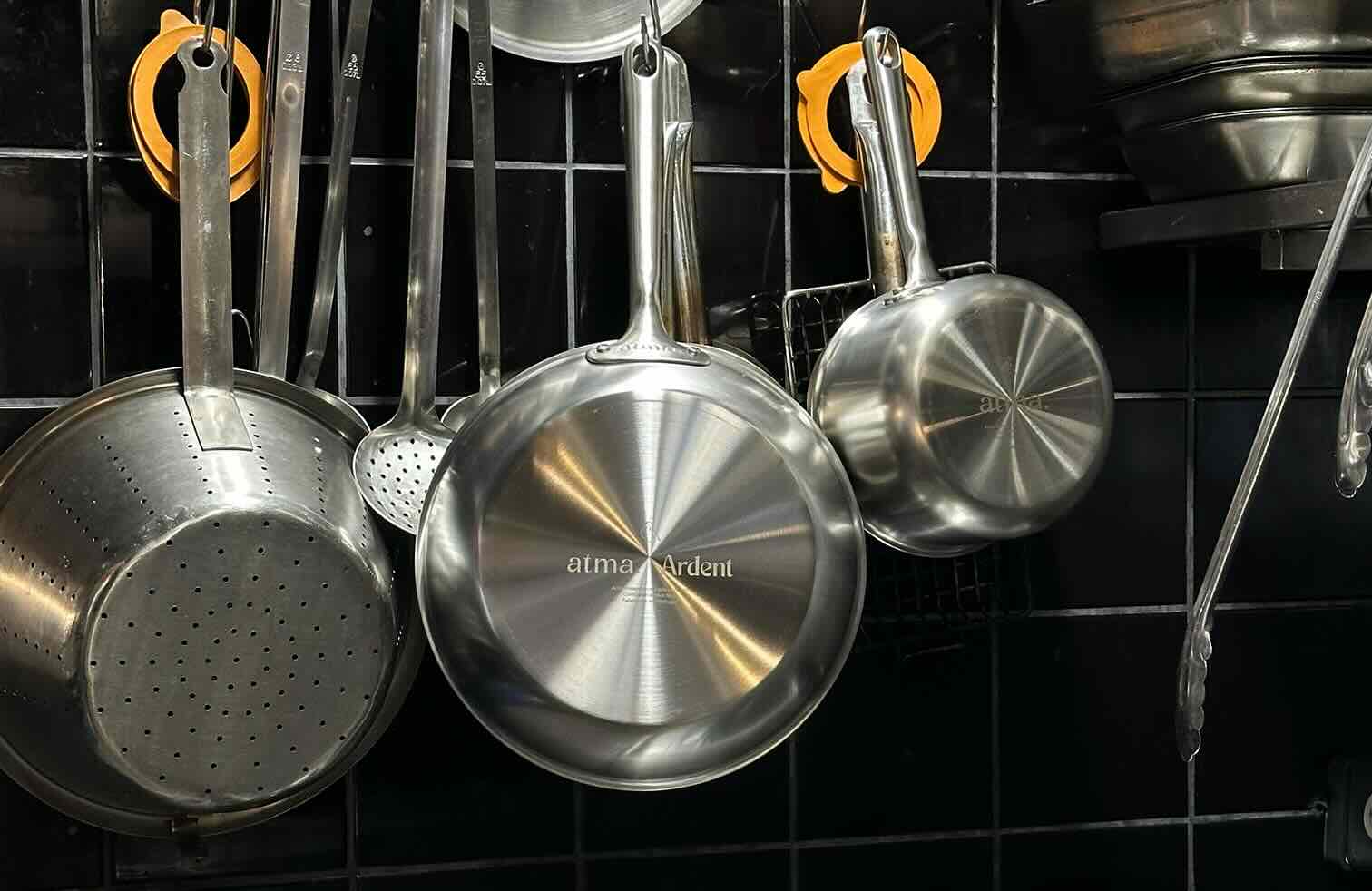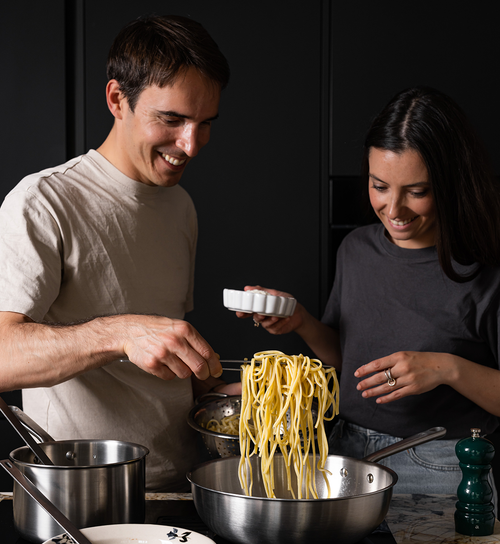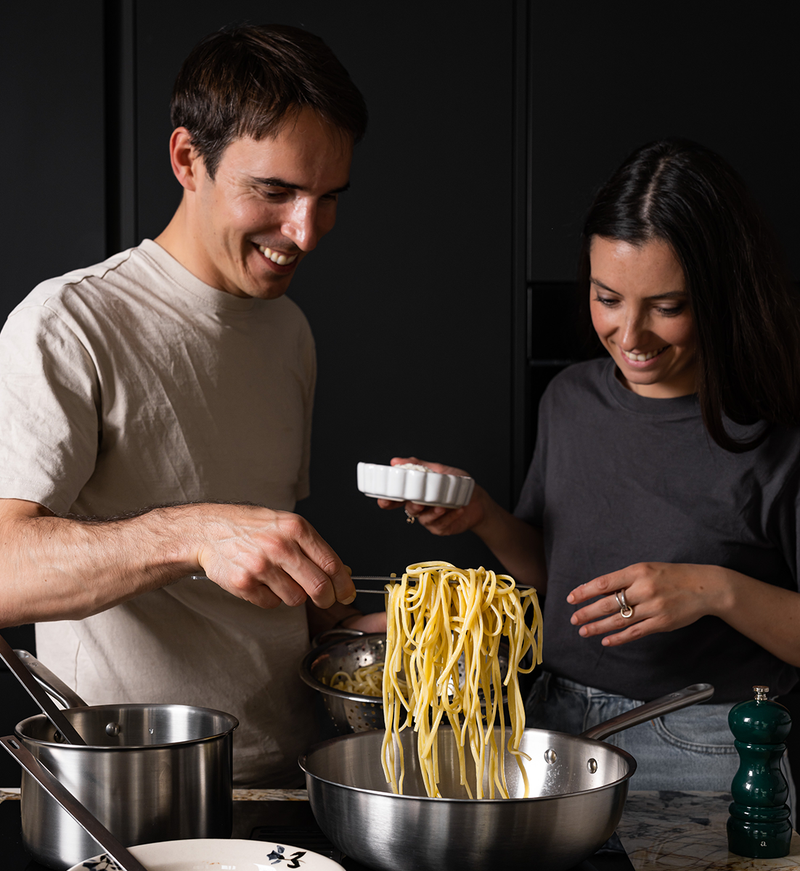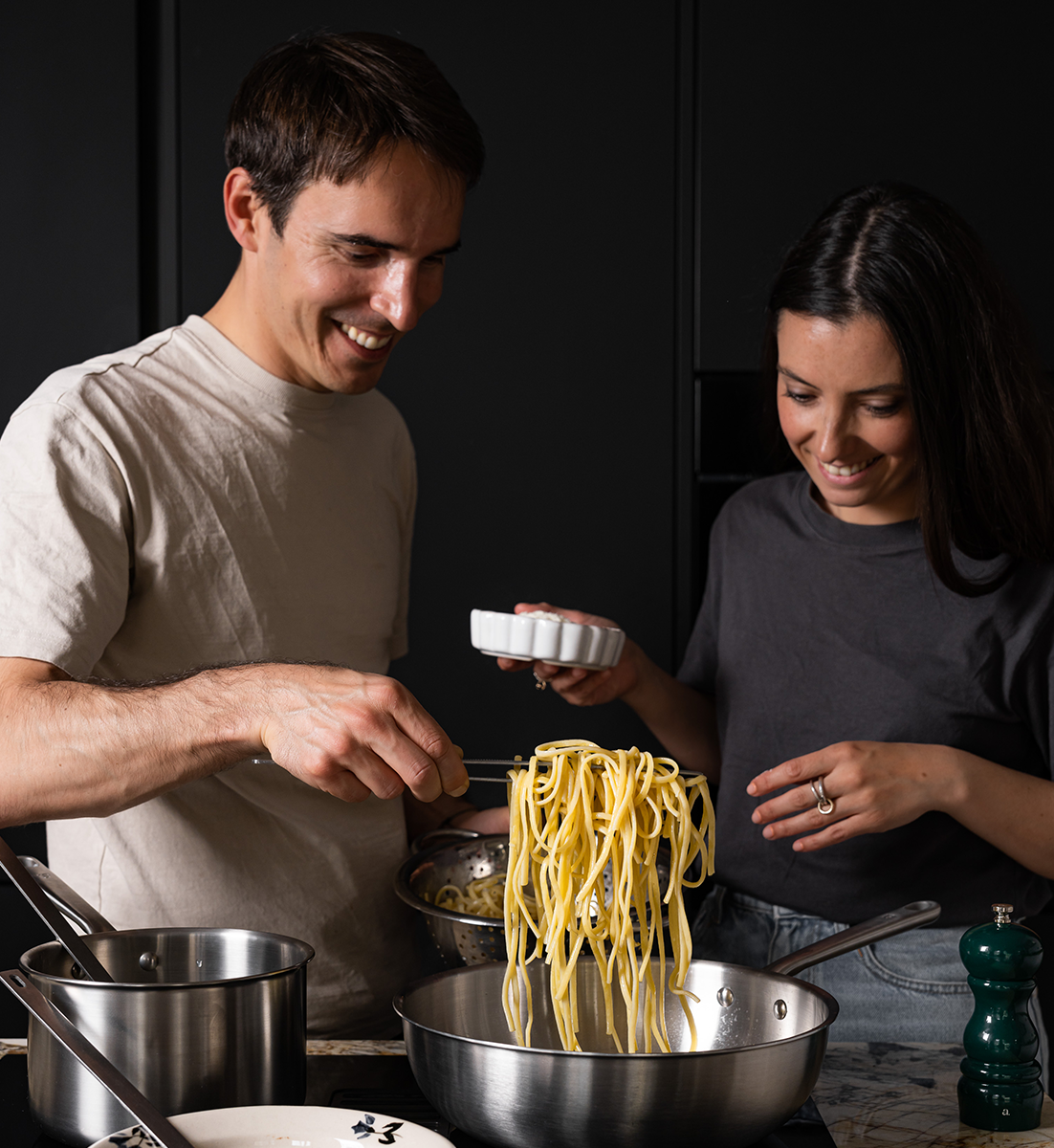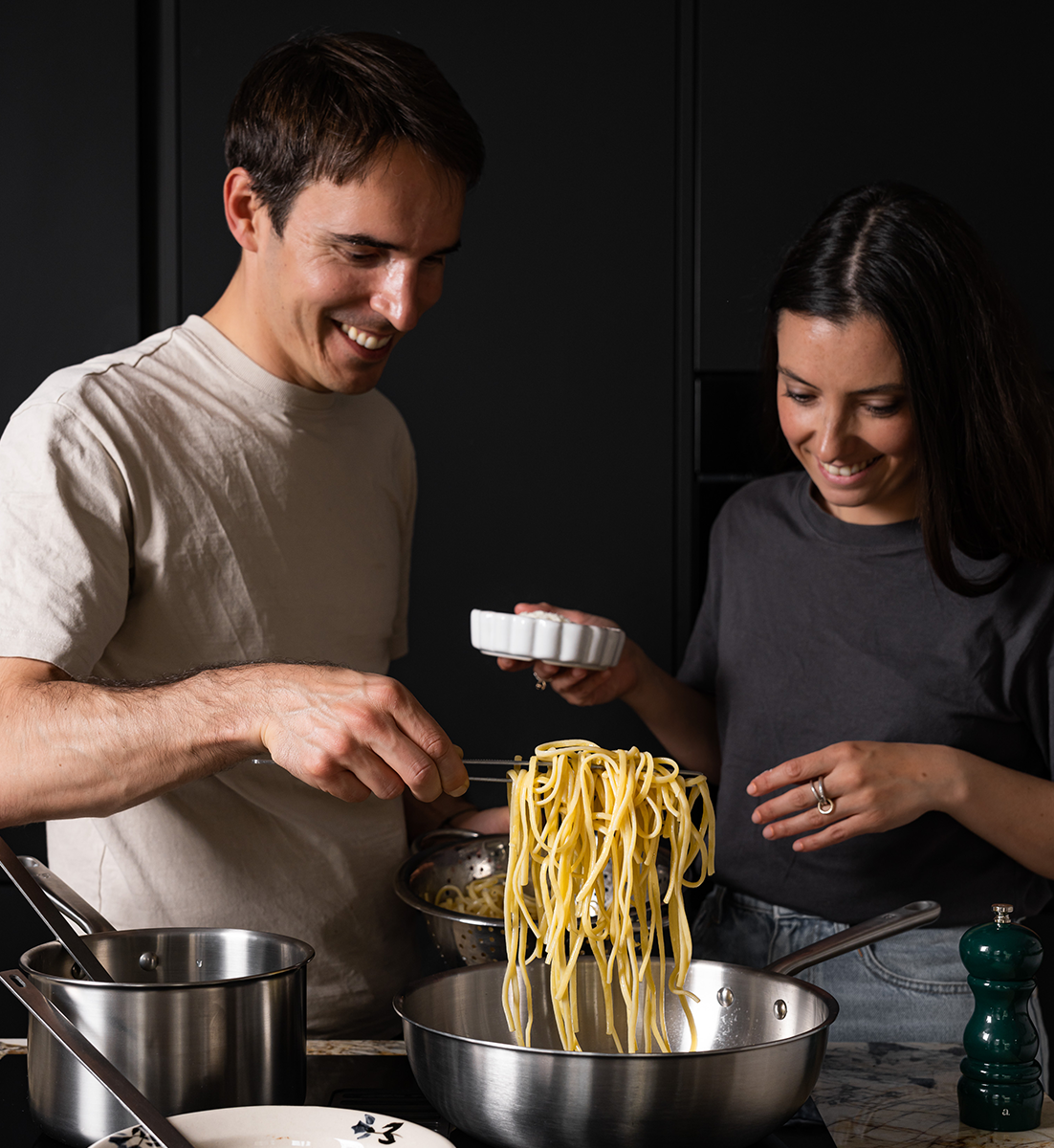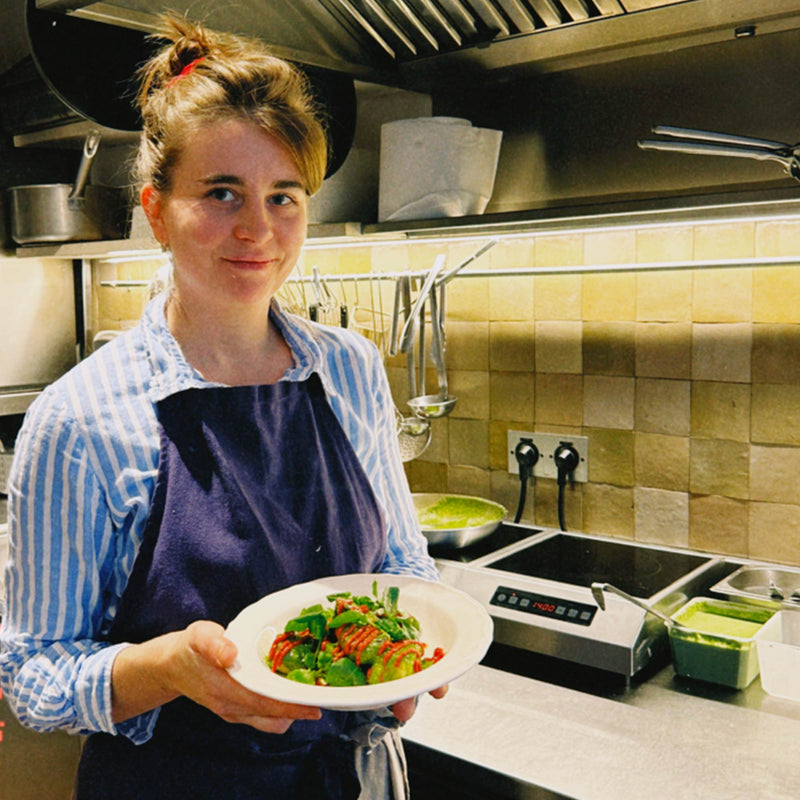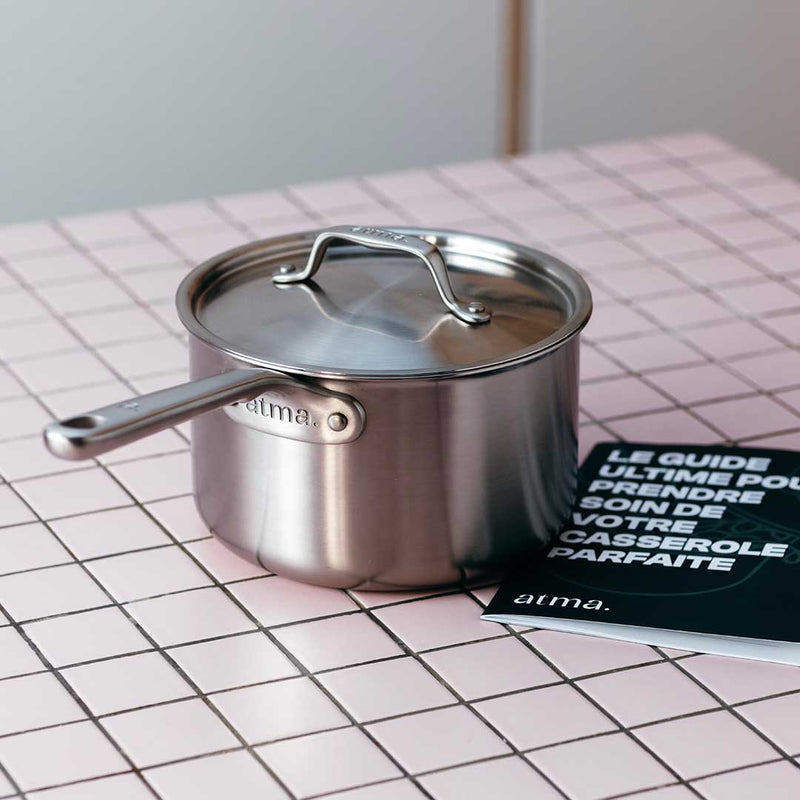Which knife should you choose between a chef's knife and a santoku?
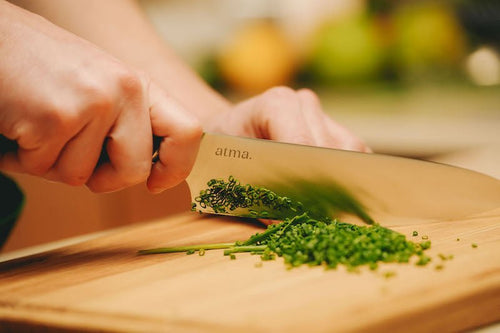


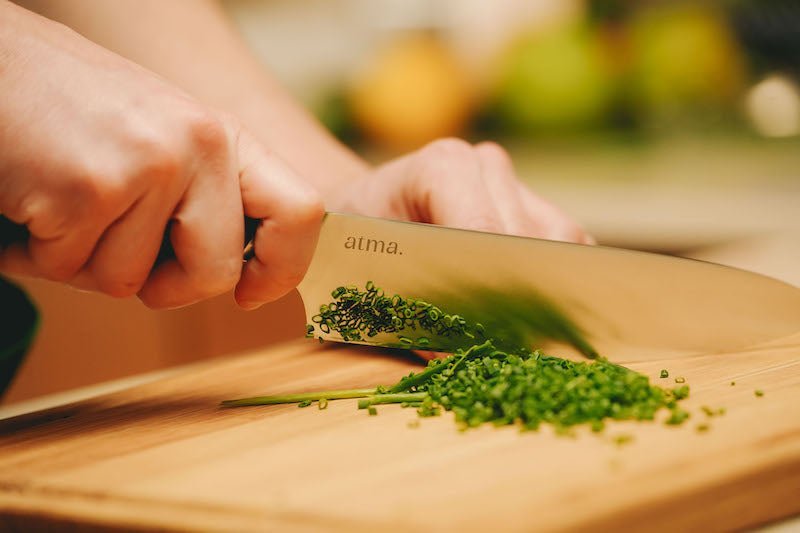




Often contrasted and compared, the chef's knife and the santoku perform essentially the same cutting tasks in the kitchen and are known for their versatility. The main difference is the shape of the blades of these knives. The blade of a chef's knife is pointed and rounded, while that of a santoku is flat. They therefore each require a different cutting technique.
Although they may look very similar, a chef's knife and a santoku have subtle differences that make them unique. In this article, we'll explore the differences between a chef's knife and a santoku to help you determine which one is best for your kitchen needs.
The Chef's Knife
The chef's knife is a versatile knife that can be used for a variety of kitchen tasks. With its wide, pointed blade, it's perfect for slicing, chopping, and mincing food quickly and efficiently. The chef's knife is often considered the basic kitchen tool and is used by professional chefs and home cooks alike.
The blade of a chef's knife typically measures between 18 and 25 centimeters in length. It is designed to be sturdy and durable, allowing it to cut through tough meats and vegetables effortlessly. Its rounded blade shape allows for the "swing" cutting technique, which involves holding the tip of the blade against the cutting board and lowering the heel of the blade toward the ingredient to cut it.
The Santoku
The Santoku is a Japanese kitchen knife that is also very versatile. The santoku blade is shorter and wider than that of a chef's knife, with a straight edge, giving it a distinct square or trapezoidal shape. This unique shape allows for more precise cutting and allows for faster chopping. The blade of a santoku typically measures between 16 and 20 cm. This makes the santoku very popular among chefs and home cooks who prefer a shorter, more maneuverable blade.
The santoku blade is also generally thinner and lighter than that of a chef's knife. This makes the santoku ideal for cutting vegetables and fruits. With its flat blade, the santoku is generally used in an up-and-down motion to cut ingredients.
Which knife should you choose: a santoku or a chef's knife?
The main difference between a chef's knife and a santoku is the shape of their blades. The blade of a chef's knife is longer and thinner, while that of a santoku is shorter and wider. This difference in shape influences how knives can be used in the kitchen.
Their commonality remains their versatility, allowing them to tackle meat, fish, or vegetables equally well.
So choose your knife based on your cutting style: do you prefer a swinging motion? Then choose a chef's knife like the Ultimate Chef's Knife. If you prefer clean, straight movements, opt for a Santoku knife! It's up to you to choose the multi-tasking knife that best suits your tastes, cooking habits, and cutting skills! Whatever happens, don't forget to equip yourself with a suitable cutting board, like the ones we offer in our cutting accessories.
At Atma, we've chosen the chef's knife for now, as we're big fans of the balance knife technique. But who knows, maybe our knife collection could expand soon?!
Discover our best sellers
By Victor Desport
















